Learning to use a “new to me” woodworking finger joint jig
Posted By RichC on August 29, 2024
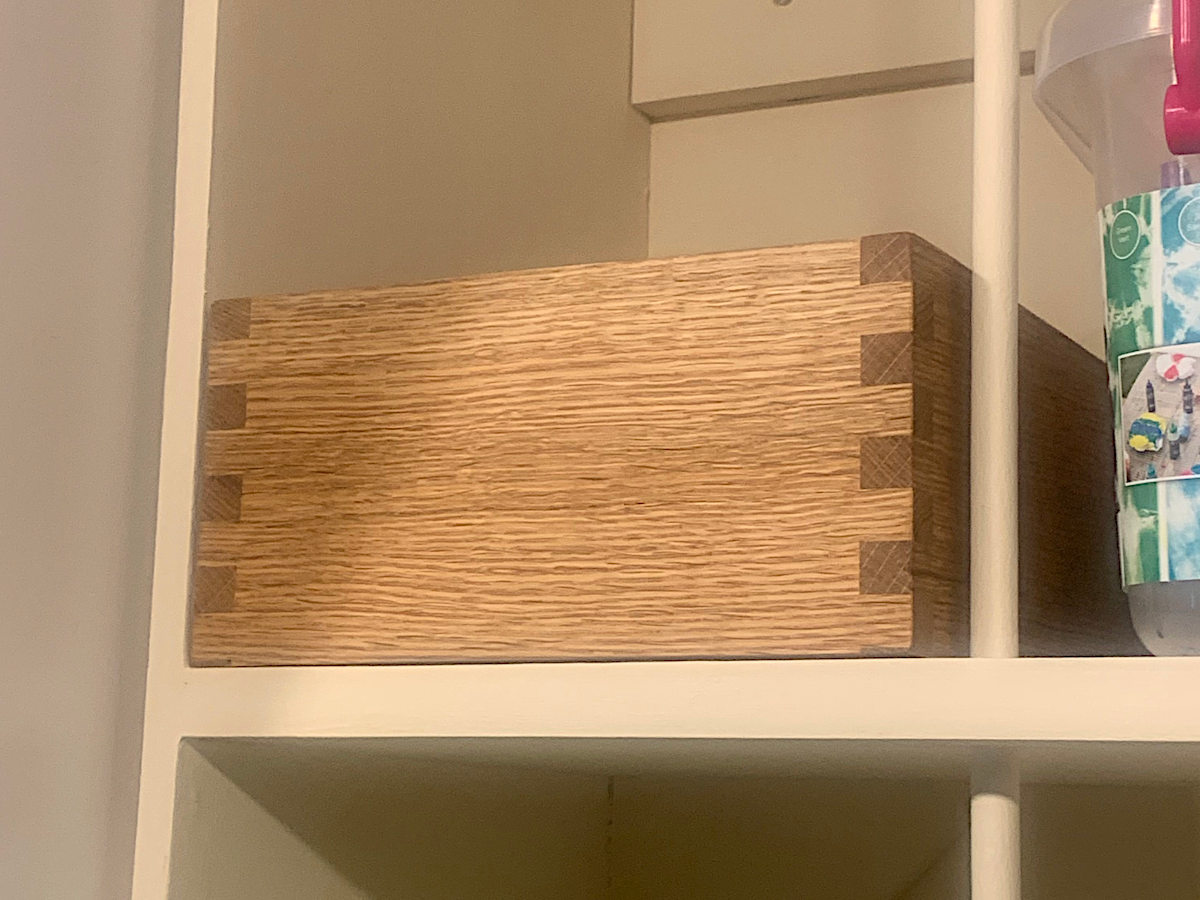 Last year about this time, I posted about making or buying a Rockler Box Joint Jig for my router table. Eventually I did buy it on sale a few months ago but with summer arriving, I didn’t find the time to work in the basement workshop.
Last year about this time, I posted about making or buying a Rockler Box Joint Jig for my router table. Eventually I did buy it on sale a few months ago but with summer arriving, I didn’t find the time to work in the basement workshop.
While catching up on some woodworking magazine reading last week, I was triggered to tinker with it and get it set up just to see how it worked. I cut a few short pieces of 1/2” oak (from Katelyn and Drew’s property) to set it up with and decided to make a square box (think of it as a same drawer). After a couple mistakes in setting up the finger joint jig (see AI description at bottom of this post), I shortened one of the sides and decided it would be a rectangular sample box. HA!
I few “finger cuts” with a 1/2” spiral router bit, the setting seemed correct and I proceeded to complete a small box and rabbeted the underside to fit in the bottom. Brenda liked it and decided instead of it sitting on the shelf in the workshop that she would see if it fit in on the new laundry room shelves. I suspect she now wants a few more to match? 😊
Speaking of “reading woodworking magazines” … here are a couple drawer ideas snipped out that I wanted to save (with wooden slide and hidden compartment that doubles as a drawer stop).
And a “hold fast idea” for an old bar clamp … although don’t have any to spare.
Finger Joint Techniques in Woodworking
Finger joints, also known as comb joints, are a popular type of woodworking joint used to create strong and durable connections between wood pieces. Here are key aspects of finger joint woodworking:
Purpose: Finger joints are widely used for making boxes, doors, furniture, and other solid cube-shaped items, as they provide excellent resistance to pulling apart.
Construction: The joint is created by cutting angled fingers on each piece of wood, which interlock with each other, forming a strong and rigid bond.
Types: Finger joints can be cut using various methods, including table saws, dado stacks, and specialized router bits.
Advantages: Finger joints are simple to assemble, keep square, and offer excellent strength and durability.
Limitations: Finger joints can be challenging to sand or plane, and may not be suitable for projects requiring precise fitment or high accuracy.
Design Considerations
When designing with finger joints, consider the following:
Width and spacing: The width and spacing of the fingers can affect the joint’s strength and aesthetics.
Angle: The angle of the fingers can influence the joint’s resistance to pulling apart and its overall appearance.
Glue application: Proper glue application is crucial to ensure a strong bond between the fingers.
Tips and Techniques
Use a small brush to apply glue to the mating surfaces for easier assembly.
Employ plywood spacers to keep the assembly square during clamping.
Tap the sides gently to fully seat them before tightening clamps.
Consider using a jig to simplify the cutting and assembly process.
Variations
Finger joints can be modified and customized to suit specific design requirements. For example, adding design elements, such as inlays or carvings, can enhance the joint’s aesthetic appeal. However, ensure that any additions remain part of the joint and do not compromise its structural integrity.
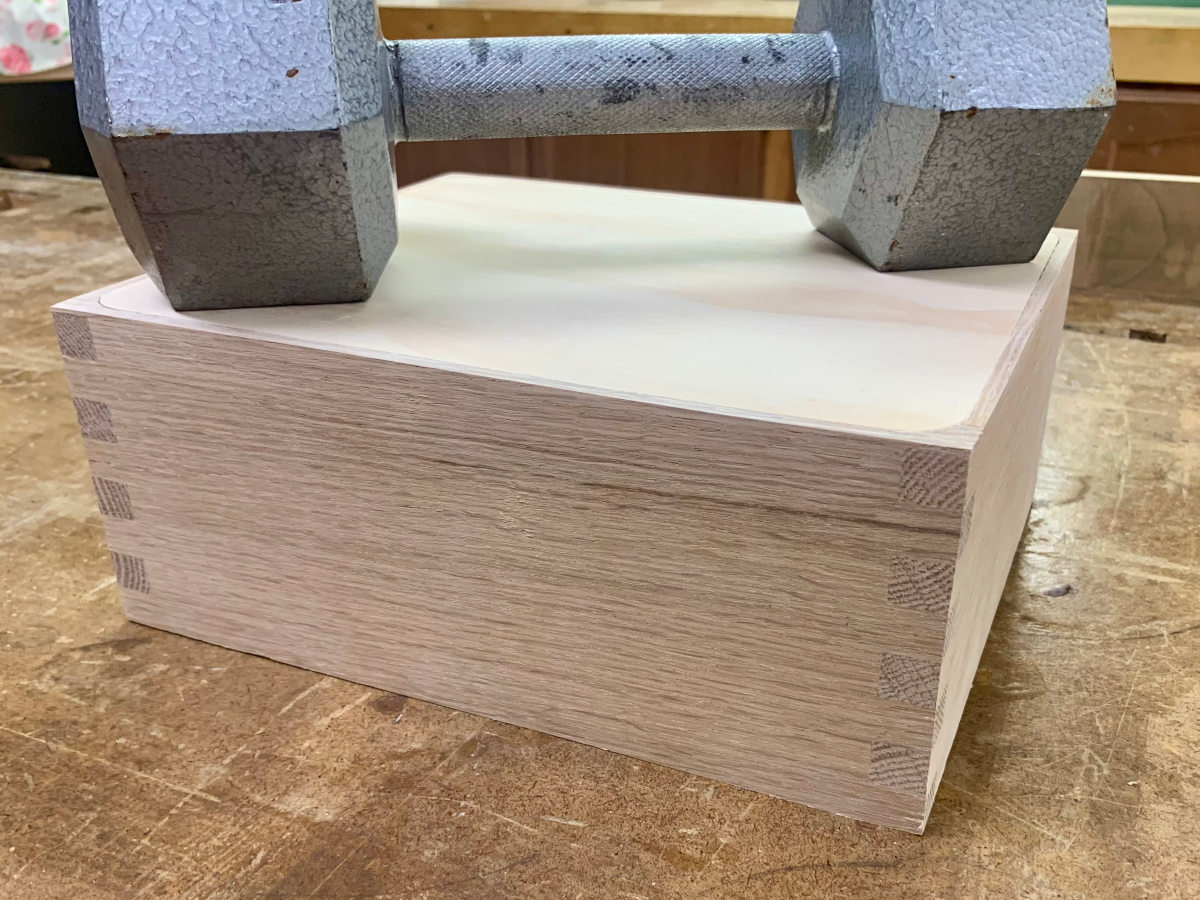
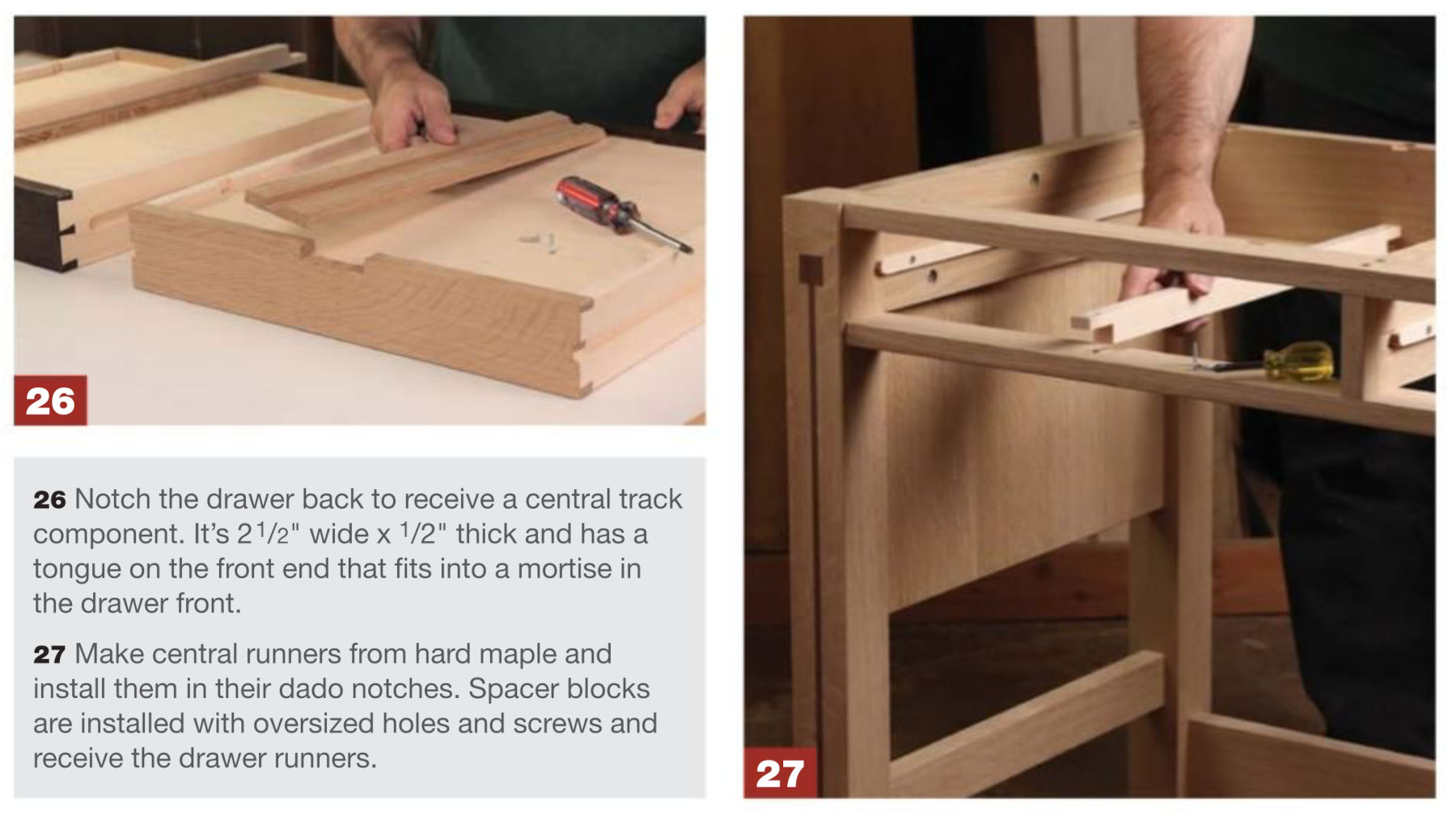
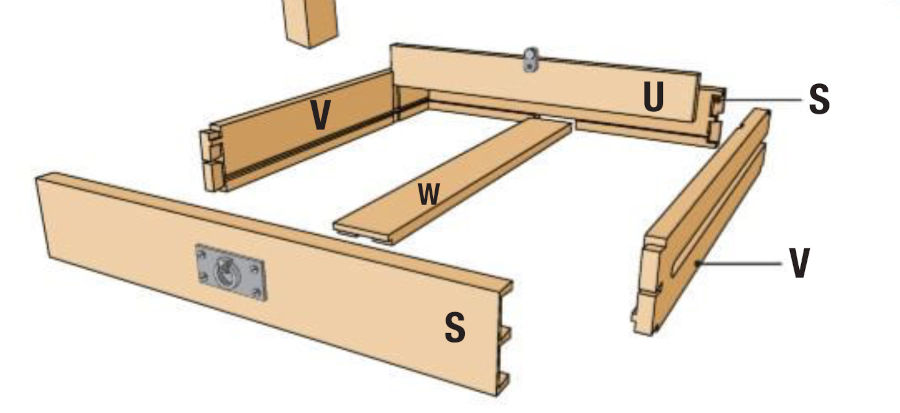
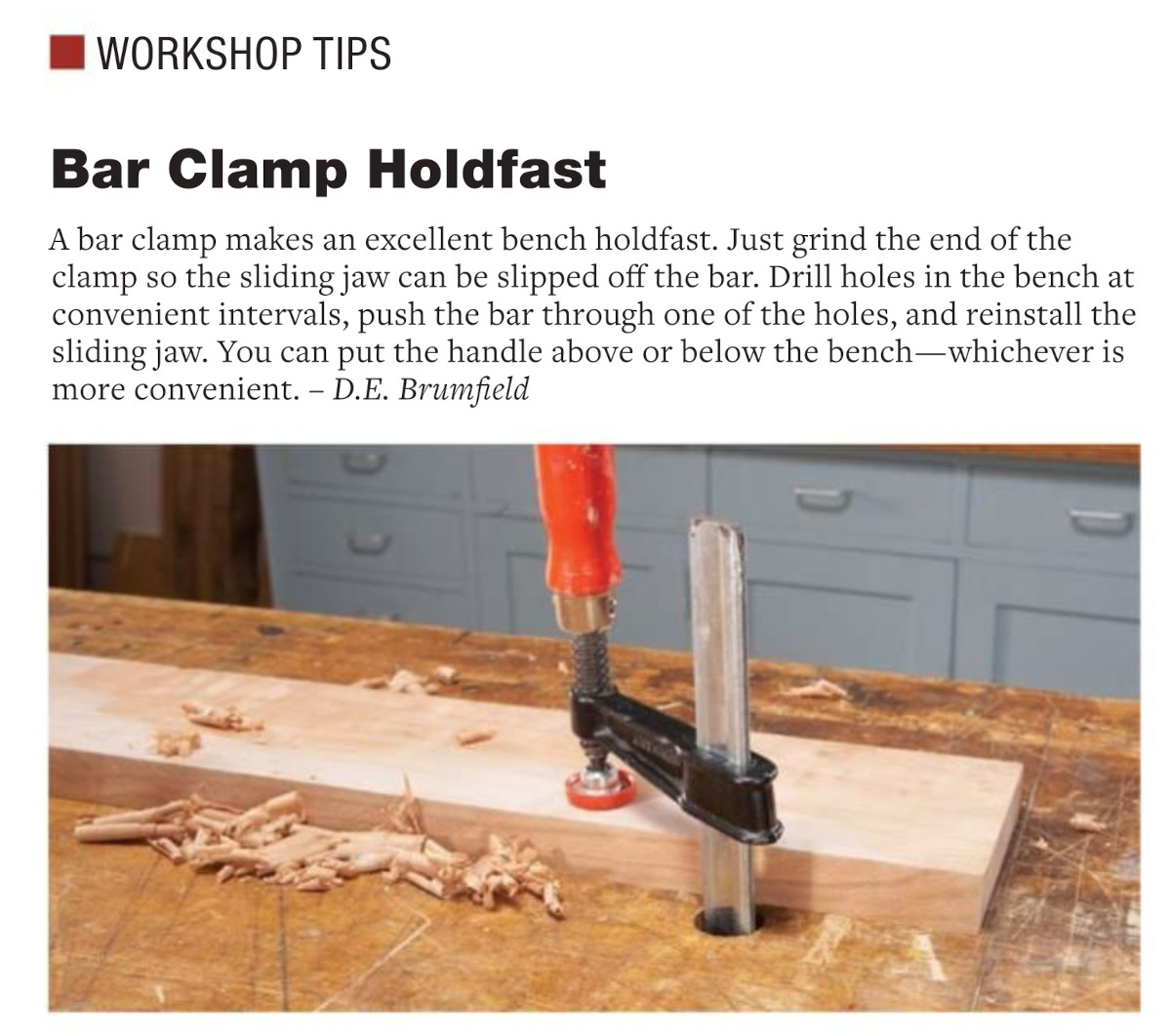
Comments